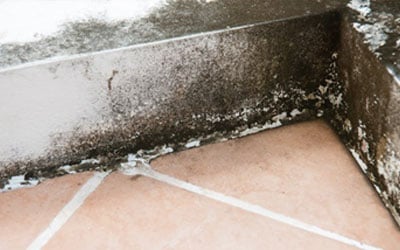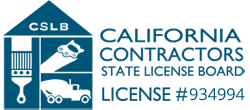
Mold in commercial buildings can be more than just an eyesore; it poses health risks to occupants and can damage property if left unchecked. Whether it’s due to high humidity, water leaks, or inadequate ventilation, mold growth is a common issue in many commercial spaces. Thankfully, removing mold doesn’t have to be a daunting or costly process.
With some straightforward techniques and effective cleaning methods, you can eliminate mold and prevent its return. So, we’ll cover easy, practical ways to tackle mold in commercial buildings, helping you create a cleaner, safer, and healthier environment for everyone.
Identifying Mold in Commercial Buildings
Spotting mold early is crucial for preventing bigger issues. Mold often appears as dark spots that can be black, green, or even white. Check common areas like bathrooms, basements, and kitchens, where moisture tends to accumulate. These spots can also grow behind walls and under flooring, so a musty smell can be the first clue.
Use your senses to identify problem areas. If there’s a lingering, earthy smell, that could indicate hidden mold. Pay attention to how your employees or tenants feel, as symptoms like itchy eyes, sneezing, or respiratory issues may signal mold presence.
In some cases, you might need special equipment to detect hidden mold. Moisture meters and thermal imaging cameras can help find damp spots behind walls or floors. Identifying these areas early aids in faster, more effective treatment, ensuring the building remains healthy and safe.
Immediate Steps to Prevent Mold Spread
Once you identify mold, it’s vital to stop it from spreading. Start by isolating the affected area. Close off ventilation to prevent mold spores from traveling through the air. Use plastic sheeting to cover doorways and vents, stopping spores from reaching other parts of the building.
Fix any leaks or sources of moisture immediately. Mold thrives in damp environments, so tackling leaks in the roof, walls, or plumbing is crucial. Use dehumidifiers to reduce humidity levels, making the space less hospitable for mold.
Remove any materials already affected by mold, like wet carpets or drywall. Seal these items in heavy-duty plastic bags before disposal to avoid spreading spores. Cleaning the area with mold-specific cleaning solutions helps, but always wear protective gear, like gloves and masks, to prevent exposure.
Taking these immediate steps helps control the spread of mold and sets the stage for effective cleaning and long-term prevention.
Effective Cleaning Methods for Mold Removal
Removing mold requires the right cleaning methods to ensure it doesn’t return. Start by scrubbing the affected areas using soap and water to remove the surface mold. Once the surface mold is gone, use a mold-specific cleaner to kill any remaining spores. Make sure to follow the product’s instructions for the best results.
or tougher mold, consider using a mixture of bleach and water (one cup of bleach to one gallon of water). Apply this solution to the moldy area and let it sit for about 15 minutes before scrubbing and rinsing. Always wear protective gear, including gloves and a mask, when dealing with mold to avoid health risks.
In some cases, you might need to use commercial-grade cleaning equipment. HEPA vacuums can help remove mold spores from surfaces and the air. Air purifiers with HEPA filters also help keep the air clean while you work. After cleaning, make sure the area is completely dry to prevent mold from coming back.
Long-Term Prevention Strategies for Commercial Buildings
Preventing mold in the long term involves several strategies. Start with controlling moisture levels throughout the building. Use dehumidifiers in damp areas and ensure proper ventilation in places like kitchens, bathrooms, and basements. Regularly inspecting and repairing leaks in roofs, walls, and plumbing will help keep the building dry.
Improve the building’s air circulation to reduce humidity. Use exhaust fans to vent moisture outside, especially in high-humidity areas. Keeping HVAC systems clean and well-maintained also helps prevent mold growth. Change air filters regularly and use filters with a high MERV rating to capture more mold spores.
Finally, consider using mold-resistant building materials, especially in areas prone to moisture. Mold-resistant drywall and paints can help reduce the likelihood of mold growth. Regularly clean and inspect the building to catch any mold issues early. By implementing these strategies, you can keep mold at bay and ensure a safe environment for everyone in the building.
Keeping Your Commercial Building Mold-Free
Dealing with mold in commercial buildings can feel overwhelming, but taking the right steps makes a big difference. From identifying mold and preventing its spread to effective cleaning and long-term prevention strategies, each step is crucial for maintaining a healthy, mold-free environment. Acting quickly and using the right methods ensure that mold problems are managed efficiently and effectively.
If you need professional help to handle mold issues, consider reaching out to experts. Restoration Masters specializes in mold remediation for commercial buildings. Our damage restoration services in Santa Monica ensure a thorough and safe mold removal process that protects your building and its occupants. Contact Restoration Masters today to make sure your building remains mold-free and safe.




